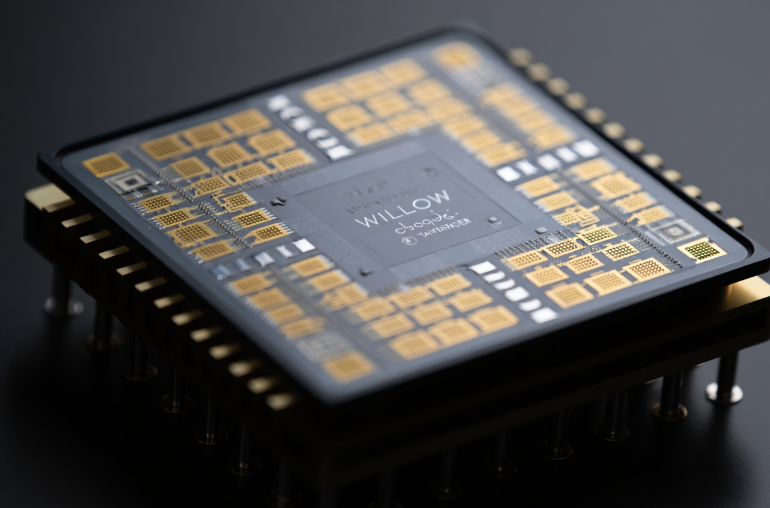A groundbreaking partnership between Intel and Nvidia is set to change the future of personal computing. The two tech giants have announced plans to co-develop processors that integrate Intel’s x86 CPU technology with Nvidia’s RTX graphics architecture, creating a new class of system-on-chip (SoC) products for both data centers and consumer PCs.
Traditionally, CPUs and GPUs have functioned as separate components, connected through interfaces like PCI Express. This setup, while powerful, adds latency and energy overhead. The upcoming design takes a different approach. By placing RTX GPU chiplets directly alongside Intel CPUs and linking them with NVLink interconnects, the new processors promise faster communication, higher efficiency, and improved performance per watt.
For consumers, this could mean thinner laptops and smaller desktops with no need for bulky discrete graphics cards—while still delivering advanced gaming and AI capabilities. Early reports suggest these processors will also generate 3D graphics and AI workloads more efficiently, thanks to the tight integration of CPU and GPU resources.
In the data center sector, Intel will also design custom x86 processors optimized for Nvidia’s AI platforms, giving enterprises more power for machine learning, cloud workloads, and high-performance computing.
The collaboration marks a significant shift in the semiconductor industry, as rivals become allies to tackle the growing demands of AI-driven computing. Nvidia has even invested $5 billion in Intel stock, signaling the long-term commitment behind the project.
While discrete GPUs will continue to dominate at the ultra-high end, this new CPU-GPU fusion could redefine the mainstream PC market. If successful, Intel and Nvidia’s joint effort may reshape how computing hardware is designed, blurring the line between CPUs and GPUs for years to come.
Meta Title:
Meta Key Phrase:
Meta Description:
Next-Gen Intel Processors Will Come With Built-In RTX Graphics






